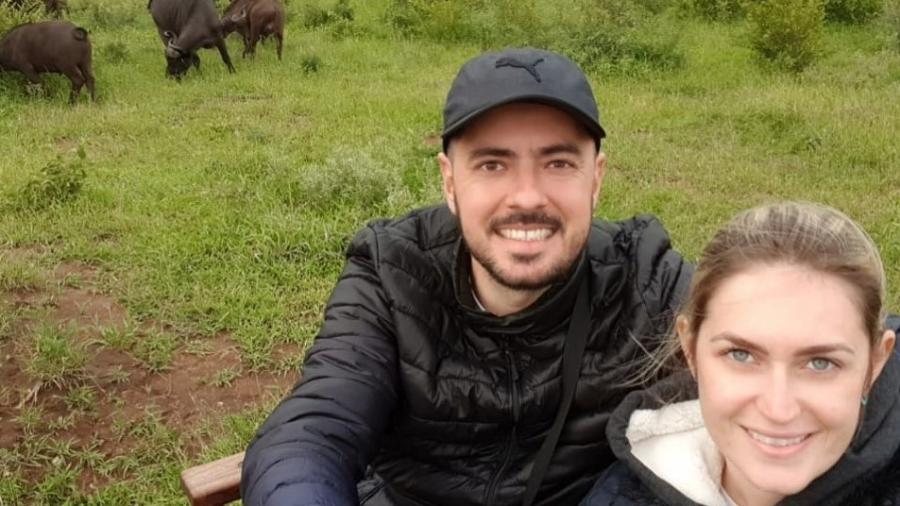Nuvem 'prateleira' toma o céu do Pará: 'Parece uma onda'
Moradores da cidade de Juruti, no Pará, compartilharam imagens de uma "super nuvem" que tomou os céus da região na manhã de hoje.
Segundo explicação disponível no Climatempo, o fenômeno da "nuvem de prateleira" ("shelf cloud", em inglês), na maioria das vezes é sinal de aproximação de uma tempestade.
Essas nuvens geralmente têm um formato circular e várias "camadas" horizontais, que geram a comparação com a prateleira. Em registros feitos por moradores, a mistura de cores, o "desenho" no céu e a movimentação do conjunto de gotículas de água geraram comparações entre ela e uma onda.
A empresa de meteorologia paulista explica que as nuvens prateleiras são formadas no choque de massas de ar, em que uma camada de ar mais quente se sobressai sobre uma camada de ar mais frio. Por essa razão, é muito comum observar também ventania em condições de nuvens prateleira.









ID: {{comments.info.id}}
URL: {{comments.info.url}}
Ocorreu um erro ao carregar os comentários.
Por favor, tente novamente mais tarde.
{{comments.total}} Comentário
{{comments.total}} Comentários
Seja o primeiro a comentar
Essa discussão está encerrada
Não é possivel enviar novos comentários.
Essa área é exclusiva para você, , ler e comentar.
Só s do UOL podem comentar
Ainda não é ? Assine já.
Se você já é do UOL, faça seu .
O autor da mensagem, e não o UOL, é o responsável pelo comentário. Reserve um tempo para ler as Regras de Uso para comentários.